To learn more about the FORGED series, visit the Table of Contents.
Don’t sling mud at me
Circling vs. layering vs. ballroom dancing
Last weekend I celebrated my birthday. It was not what I thought my birthday weekend would be—no family visited, friends were busy with end-of-school celebrations, and my husband was in self-quarantine—but the introvert in me was okay with that.
I read (see above “Good Stuff”). Ate meals on the deck. Napped in my hammock. Picked up pizza from a favorite local place.1
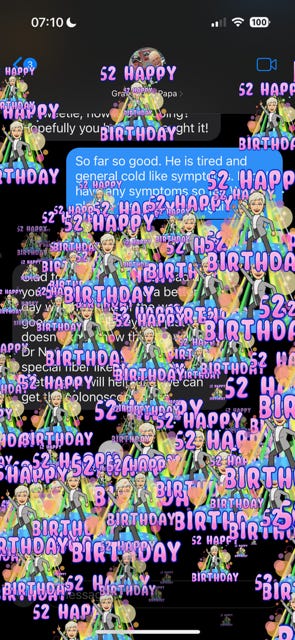
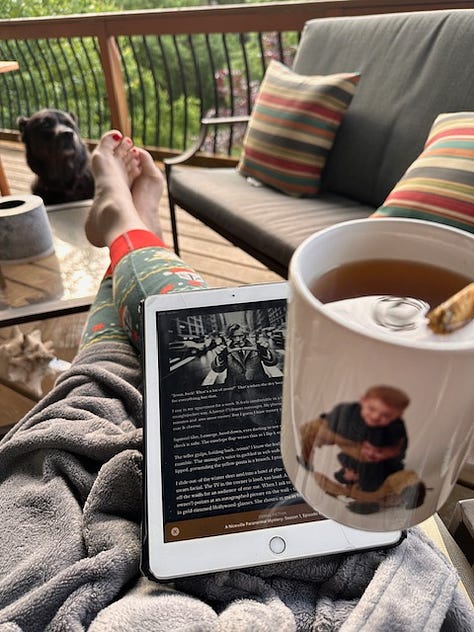
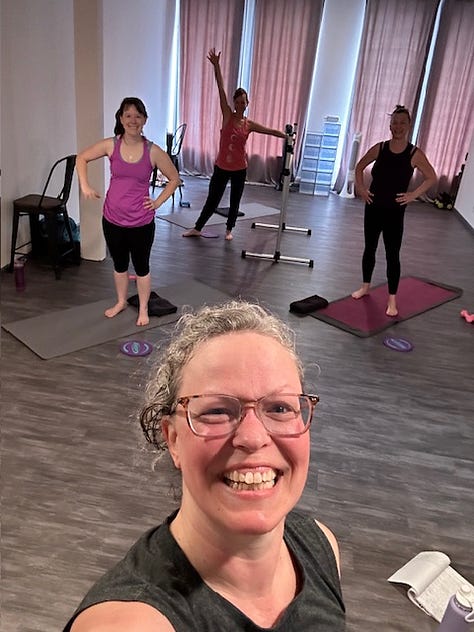
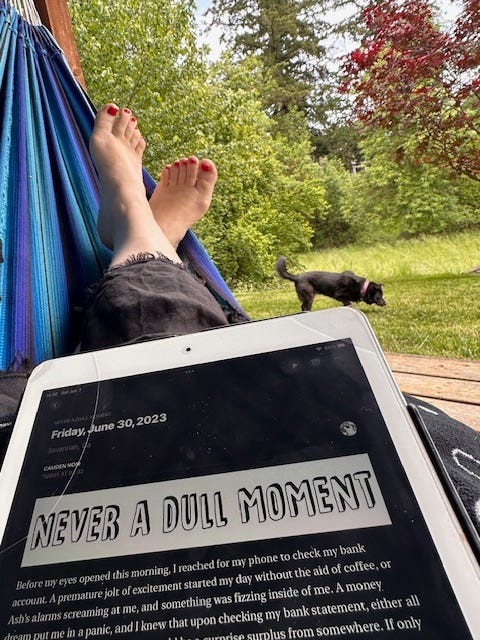
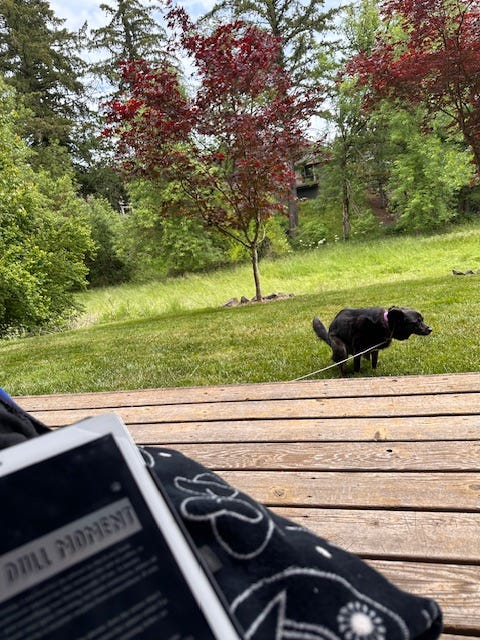
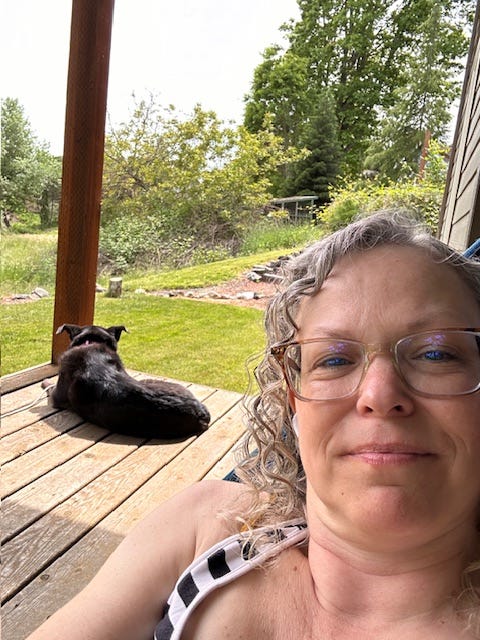
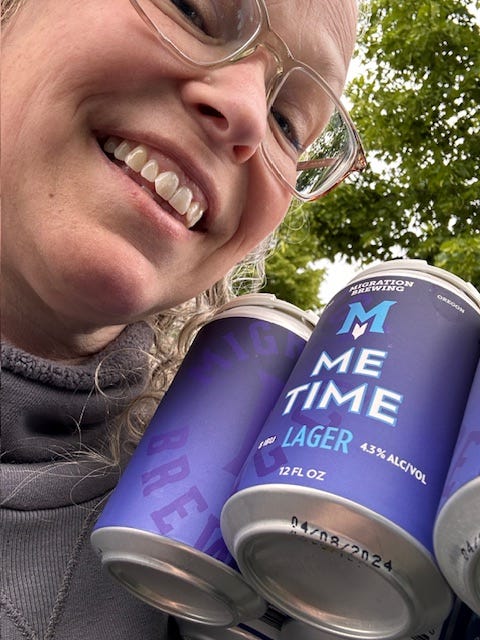
The best part of the weekend was not chaperoning my dog’s potty break. Honest, it wasn’t. (Though hanging out in my hammock for the first day of the year was pretty spectacular.) The highlight was a movie marathon.
Friday Night = Movie Night
As we sat on separate couches (see comment above about self-quarantining), my hubby told me, “It’s your birthday weekend, you pick.” So I selected The Ballard of Songbirds and Snakes, a prequel to the Hunger Games universe. The book is on my TBR pile, but I was excited to see the movie was already on one of our streaming subscriptions.
My husband has never seen any of the Hunger Games movies, but he recently read my upcoming novel, which is also a YA dystopian story. And since he seemed to enjoy the genre, I was hopeful he’d make it through the movie without falling asleep or disappearing partway through.
I geeked out with the tie-ins to “later” story events, explaining the significance to my husband when I thought he’d need more context to understand—the songs that Lucy Gray Baird sings or how she bows, for example. Or about the Katniss tubers pulled up from the pond (where Katniss learned to swim). Or why the prominence of poison in young Coriolanus Snow’s life is so integral to the story.
What makes you geek out when you watch movies?
After the movie—much to my delight—HE suggested we do a Hunger Games movie marathon. We binged all four movies from the original novels on Saturday and Sunday evenings. Maybe he was just being nice for my birthday weekend—or maybe he felt bad that I’d recently watched several Star Wars series of his choosing2—either way, I loved it!
Reading a novel series (or watching a movie series) always makes me think about the process. For Hunger Games, how much of the “little” tie-ins did Suzanne Collins realize as she was writing it? Or did she go back and add the connections later? Like, did she know about President Snow’s obsession with poison from the beginning? Or did the obsession reveal itself later in her writing process? Did she have to go back and create his backstory to figure out why it was important?
Created by the author vs. revealed by the writing
I talked previously about my “plantser” method of writing.3 If I had fully outlined the story, I may have known that fireflies play a significant role in Tessa’s memories for a reason. As it was, Tessa “revealed” their importance as her story appeared on the page.
By the end of Tessa’s story, I finally realized she would’ve noticed the fireflies earlier. Would’ve equated internal feelings and observations in the context of her memories of fireflies. This meant I needed to layer in the references and memories throughout her story arc.
The ebb and flow of voices and laughter created a cacophony of reconnection after the summer break—pulsing like the strobing twinkle of fireflies in the forest.
Mud and More Mud
I watched a clip of an interview with author Neil Gaiman. He equates writing the first draft as slinging mud at the wall, seeing what sticks, and then tossing up more mud. He said, “…the second draft is the process of going in and making it look like you knew what you were doing the whole time.”
My first draft was a bit like fingerprinting with mud. Messy and (as a first-time writer) awkward. I wasn’t sure what it would look like when it “dried” on the page.
As I went along, my writing evolved. I understand now that my writing process is a layering method. I definitely add more mud as I go—layering in the details in subsequent versions.
calls her process circling, which makes sense to me. I mean, I do tend to walk in a circle when I’m in doubt…4Because dancing is in my ethos (and less messy)
Another way to think of my process is that it’s a bit like a good tango. Dance across the floor, pivot back, and repeat, building confidence with each pass—layering in the details once I have the initial flow of a scene. This method is especially true when it comes to dialogue.
A conversation is an interaction between people—between dancers—and it requires move and counter-move.5 Action and reaction.
It Takes Two to Tango
I type the words characters speak as fast as they come to me. Once the scene is at its natural end (or I get stuck), I pivot back and re-read the exchange. I read it out loud and process what the speaker might be doing.6 Where do they take a breath, pause, or hesitate? What do they not vocalize? That tells me when they need to physically shift in some way.
Also, the non-speakers play an integral part in the dialogue. What counter-moves do they make as they listen? What is their internal dialogue? What “tells” or reactions would be visible? Do they play with a necklace? Fuss with their hair? Roll their eyes? Because a conversation is an interaction, and each character in the conversation (actively or passively) could be a source of “showing” the meaning beyond just the spoken words.
Using the Five Six Senses
My final stage (if I didn’t start there to begin with) is the layer of external factors. Where are they? What can be seen is the most obvious, yet not necessarily the most interesting. What noises, smells, and tactile inputs would be experienced?
For my opening scene, my original draft was 616 words. This scene, now as Chapter One, sits at 1028 words. Deep with the sensory details, and yet the essence of the scene—from its starting point to its close—is the same as I originally wrote it in 2012.
Based on my publisher's comments, I moved this first scene to Chapter One and added a new prologue. The new prologue is earlier in Tessa’s life. Taking the read further back on her path paints her “ordinary life” in starker contrast than my original opening created.
And guess what? That’s where the importance of fireflies was revealed to me (to the reader).
Maybe Suzanne Collins had some of the back story for Coriolanus or Lucy Gray already written to build the world in which Katniss Everdeen lives. But I’d guess it wasn’t until she wrote the complete prequel that she knew the depth of significance their history had on the original trilogy.
And that, my friend, has been one of the joys of writing Tessa’s story—discovering that some of the “why did that happen” moments had a reason for being (tucked in my subconscious) all along. Thank goodness I like to circle back, sling more mud, and do a little tango!
Shattered
In the remnants of the Pacific Northwest, 110 years in the future, fourteen-year-old Tessa Wright's idyllic life in the Wilds is disrupted by the death of her family, forcing her to move to the capital city of Bannock. Struggling with grief and adjusting to public school for the first time, she becomes haunted by fragmented memories about her past, revealing clues that suggest her family’s death was no accident.
As she grapples with these revelations, she’s drawn into a much larger conflict—one that threatens to change the course of her life and the future of her world. Amid rising tensions between the urban centers and the Wilds, the growing Underground movement threatens to expose dangerous secrets that could challenge the oppressive Ryker administration, changing everything.
As she unravels the truth, Tessa must confront her identity, decide whom to trust, and weigh the risks of fighting for justice. In a fractured and unstable society, time is running out for Tessa to reclaim her true self. In a world where nothing is as it seems, discovering the truth could cost her everything.
Good Stuff
Interesting reads on Substack that you should check out!
- of has started a “pick your adventure” fiction serial. I hopped on board and was delighted (and read both options… of course!)
What Will Life Really Be Like After The Internet Gets Incinerated? -
of introduced me to “swings and roundabouts,” a British idiom I’d never heard before.- of has the most delightful posts finding the “hidden” messages in other’s quotes. Very thoughtful and insightful. I enjoyed pausing to read both the quote and the message he uncovered.
- has also given me a reason to pause and marvel at her watercolors.
Oceanus - I started the serial fiction by @hannadelaneywrites of
this week. I’m only through Chapter 5, but I’m hooked! Check it out.
Before you go
Did you enjoy this post? Tap the heart to let me know. Restack your favorite quote. Share with your community. Recommend me to your followers. Click subscribe so you don’t miss future posts. Leave a comment.
I have five local places in my rotation of favorites… I like pizza, okay. It’s always good to know what the locals order, so when a lovely couple paused their car curbside just as I was about to enter the place and asked, “Is this a good place for pizza?” I had to give them the insider scoop. Order the Cheese Pizza and have them add meatballs. Delicious!
Rebels, Bad Batch, Asoka—a few of the series we’ve watched recently. I do love the Star Wars franchise, but I have a three-episode limit. Three in one sitting. That’s my limit.
How I’m like a “plantser” … or not.
“Move & Counter-move” was a phrase used by gamemaker Plutarch Heavensbee in Catching Fire to misdirect his rebellious acts and fool President Snow into allowing the 75th Hunger Games to continue as if it were Snow’s idea.
I also re-read my newsletter posts out loud to see if I’ve captured the right flow (and haven’t missed any words). It’s what I’m doing right now as I edit this post.😊 I hope you’ve enjoyed it!



Thanks so much for the shout out!
First of all, Happy Birthday, CB! Another year around the mysterious ball of fire in the sky.
The circling process is an interesting look. I listen to anything Neil Gaiman says (especially about fountain pens :-) , but I came across something from Dean Wesley Smith that he calls cycling, about every 1000 words going back and editing as your writing. I've tried it a bit and kind of like it. On my next work I'm going to give that a try.